








Our continuous effort on RESEARCH AND DEVELOPMENT allows us to offer our customers with trendiest fabrics, trims, prints, embellishments, washes and finishes ahead of the market.
Our in-house fashion and graphics DESIGN TEAM makes sure that trend forecasting and seasonal collection is developed in a way that adds value to our customers’ inhouse design teams and enhances their product while keeping their brand identity intact
Fully equipped SAMPLING FACILITIES in China and Bangladesh enables us
to offer quickest sample support under the supervision of skilled garment technician
ensuring required technical specifications.
Each project is assigned a DEDICATED PROJECT MANAGER equipped with technical skills required by the project ensuring the project gets a manager with relevant background and expertise
Our expert team of QA and Technicians assures quality through PROACTIVE QUALITY ASSURANCE APPROACH. Focusing on defect prevention by progressively refining manufacturing processes, policies and procedures, we anticipate potential pitfalls before they become a quality issue.
Dedicated Project Managers constantly following up so that each deadline is met in due time AND Our on site team of QA & Technicians at each manufacturing facility closely monitoring each step from development to on-time delivery of bulk production ENSURES COMPLETE CONTROL OVER FACTORY ACTIVITIES
Our symbiotic relationship with our supply chain partners allows us to procure fabrics, trims, accessories, etc. materials at lowest prices, with fastest delivery be it for samples or bulk
Production means bottlenecks & challenges and we are masters in troubleshooting
YOUR OFFSHORE OFFICE
We listen to customer’s needs and then manage the complete buying process, from design through to bulk production. We take complete control; just as if customer’s company was to have a dedicated design team, project manager & liaison office in the country of manufacture, as well as a permanent presence located in each manufacturing partner’s facility.

Starting point of a great collection is Research & Development. Our continuous search for newness and innovation in materials, processes and technologies makes us different from others. These newness and innovation translated into fresh designs by our design team helps our customers stay ahead in the game.

With our decades of experience and in depth knowledge of pattern engineering technologies we can move quickly to commercialization with minimal sampling ensuring right balance of fashion and function in the developed samples.
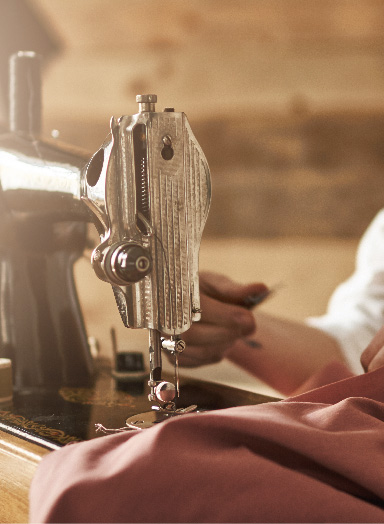
Our on site office at each partnered manufacturing facility allows our QAs and Technicians to closely monitor each and every step from sampling to bulk production to packing
What's New?
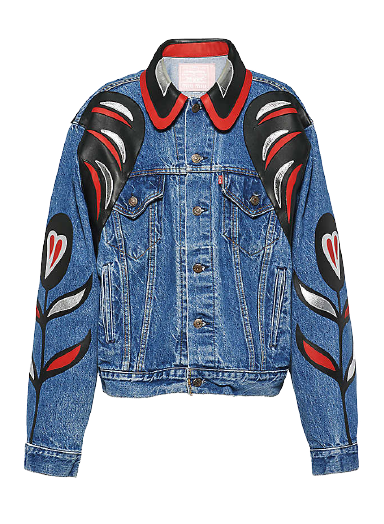

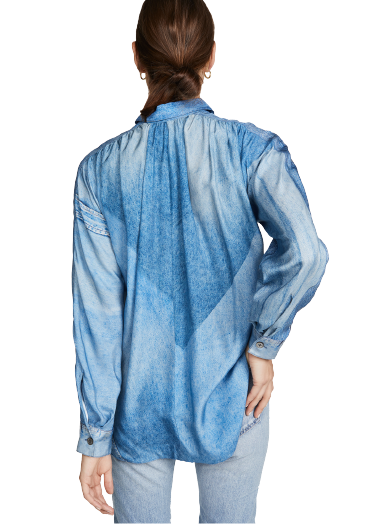



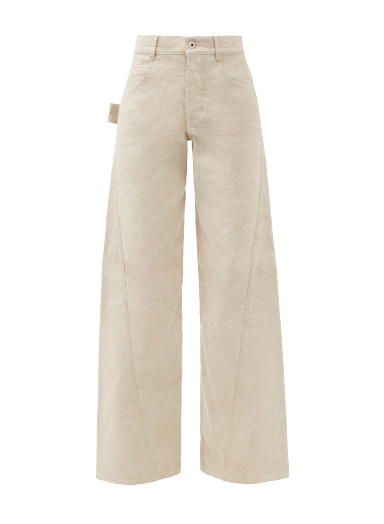
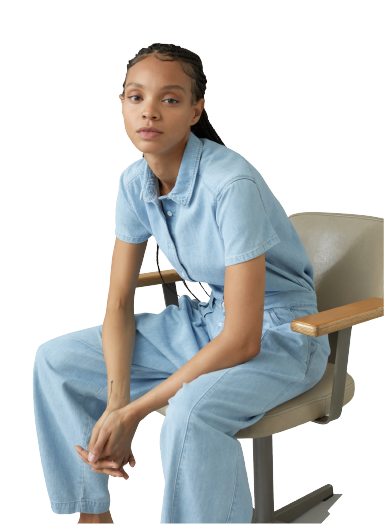
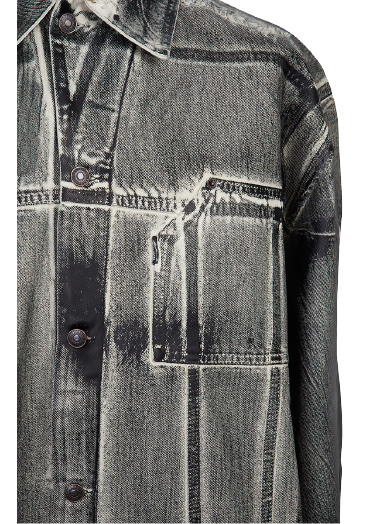

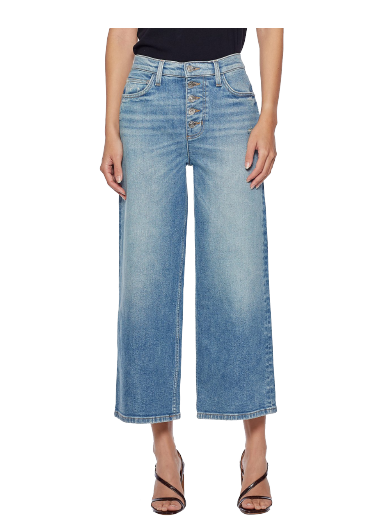
Brands We Work With

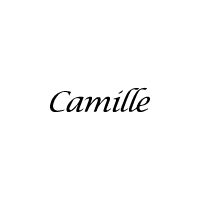


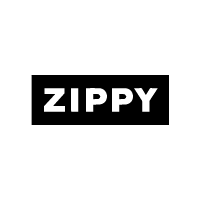

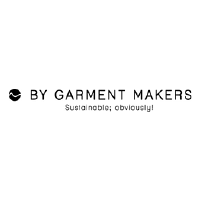
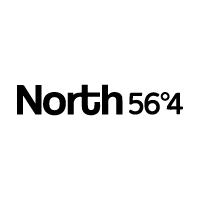
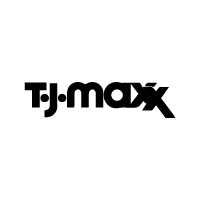
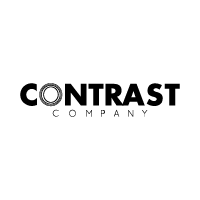
Our Services
We are a specialized apparel sourcing company for Importers, Distributors, Wholesalers, Retailers and Brands worldwide.
R&D
Research and Development is the starting point of any collection. Our R&D team keeps updated with latest trends, fabrics, trims, finishes and washes. Our extensive product development program helps customer build their seasonal collection with greater ease.
Prompt Sampling
Our Merchandisers organize sample development and coordinate the Client’s directions with factories, developing samples in the shortest possible time.
Dedicated Project Manager
Highly skilled personnel appointed solely for each Client, following up constantly through each stage from Development to Production to Logistics & Documentation.
With our depth of expertise in the clothing sector we carefully choose our manufacturing partners in order to ensure the most efficient & satisfying buying experience for our clients.
Need Help with Easier Apparel Solutions? We Are Experts!
Blogs
A recent ADB study suggests that some of the success of Bangladesh’s ready-made garment sector over the past 25 years is unlikely to provide the same type of benefits to the economy going forward.
Much has been said about the importance of economies “moving up the value chain,” which essentially means that by learning increasingly more sophisticated aspects of the production process, a country can eventually learn how to do the full process itself, and depend less on importing intermediate goods. If it gets really good at the process, it may eventually become an exporter of a more sophisticated component.
Creating strong links across the value chain is the key to specialization, and the process of firms networking with suppliers and users in related sectors is a manifestation of the ‘learning by doing’ component to increase productivity.
A recent ADB study on Bangladesh suggests that some of the success of the ready-made garment (RMG) sector over the past 25 years is unlikely to provide the same type of benefits to the economy going forward, because the conditions that led to its success are changing. Policy-makers should remove the anti-export bias for non-RMG exports, thus levelling the playing field, and creating the conditions for other potentially high-performing activities to flourish.
Why is this relevant for Bangladesh’s garment sector? Ideally, successful structural transformation should consist of two types of processes at this juncture: (i) diversify away from garments into other manufactures by producing goods that entail increasingly more complex manufacturing processes compared to garments, but are still similar enough that it is easy for workers and managers to figure it out (arrow ‘A’ in the Figure); or (ii) link to the fashion industry global production chain and provide increasingly more complex and valuable parts of garments (through reverse engineering of weaving machines, for example, or through increasing involvement in the design process of the garment [‘B’ in the Figure]).
The study shows that if the country chose avenue ‘B’, that is, by moving up the fashion industry value chain, increasing overall productivity will be very difficult because of the segmented nature of the value chain. It is thus much easier for Bangladesh to make a product similar to garments, such as footwear or small appliances, than to begin to appropriate and understand the various aspects of designing and retailing clothes.
